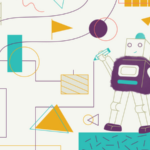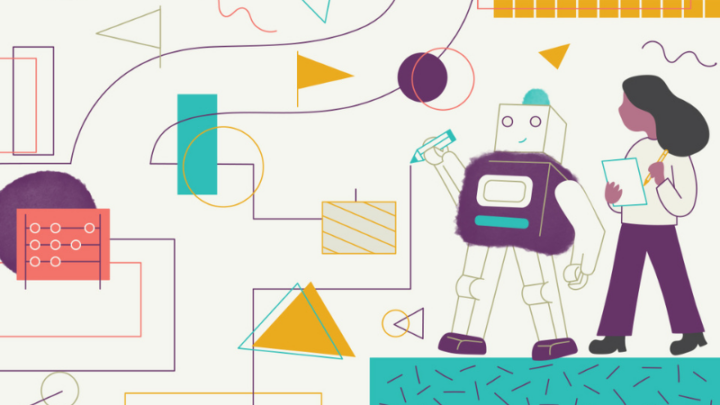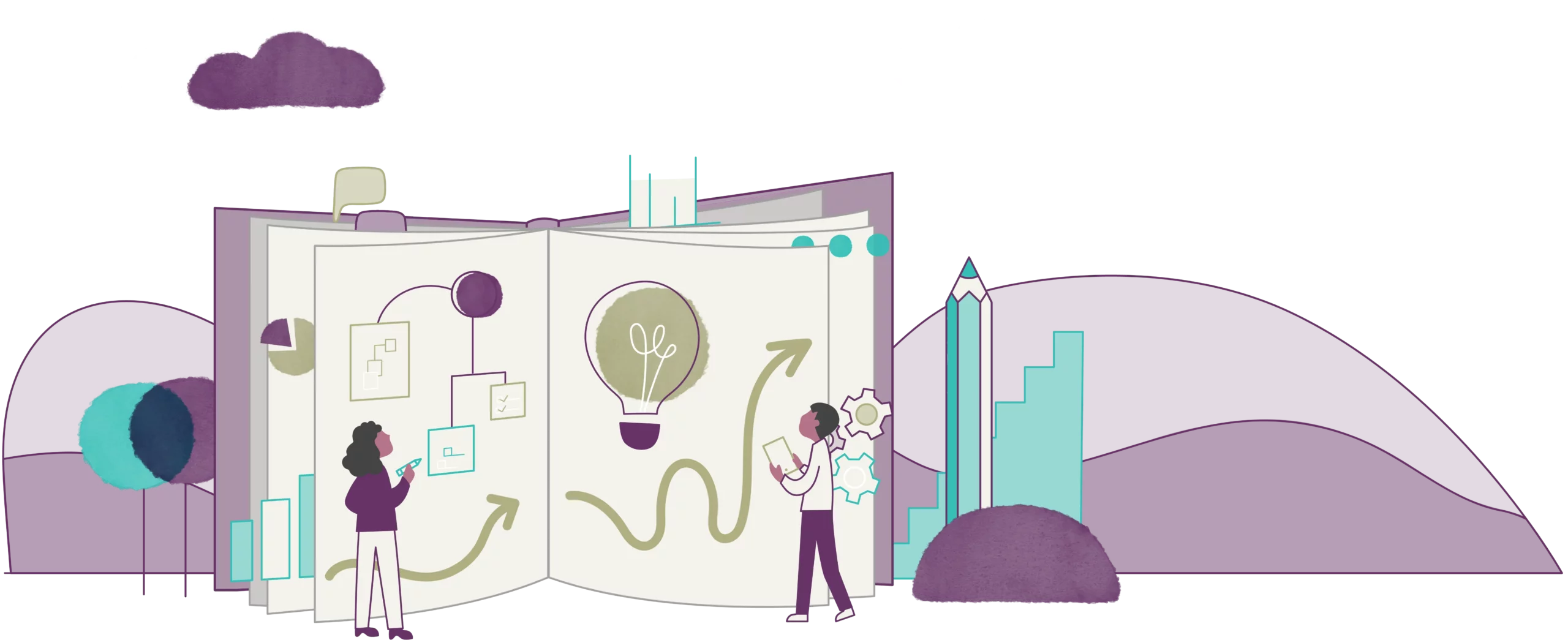
Let’s face it: ‘know your audience’ is Marketing 101. But it’s a mantra repeated so often, it may have lost its meaning. Today’s AI-powered world demands we sharpen our focus and zoom in on the psyche of the real humans we are talking to.
We need to forge insights as profound and nuanced as our closest friendships. This means anticipating searches before they’re typed, understanding struggles before they’re voiced, and addressing needs before they fully crystallize in our audience’s minds.
This information is essential for fueling meaningful messaging and dialogue, crafting personalized solutions, and fostering impactful interactions that pack a real punch.
So, how do we level up from acquaintance to BFF status with our audience?
Prioritize Audience Discovery: Go Deep or Go Home
Audience discovery is the process of gathering in-depth insights about your target market, moving far beyond surface-level demographics to understand their motivations, challenges, and behaviors.
It’s time to immerse ourselves in our audience’s world. Channeling our inner UX researcher to uncover the real human stories behind the data points. This means: Anticipating their journey, empathizing with their pain points, and researching their behaviors—both online and offline. This roadmap will help you navigate this process.
Five-Step Action Plan to BFF status.
(1) Master the art of social listening.
Immerse yourself in the digital spaces where your audience congregates. Dive deep into comments, conversations, and shared content. But don’t stop at the obvious. Look for cues about their offline lives, too: are they discussing career transitions?, promoting a new marketing campaign?, championing causes close to their hearts?, sharing snippets of their personal lives, like pet photos?
By piecing together this mosaic of information, you’ll gain a richer, more nuanced understanding of the people behind the profiles.
(2) Engage in authentic dialogue.
Time to have some real talk. Conduct insightful conversations with customers and prospects. Use open-ended questions to grasp day-to-day experiences and decision-making processes. And don’t forget to supplement with surveys for that quantitative data goodness.
(3) Identify niche cohorts.
Not all audience segments are created equal. Break your audience down into distinct groups based on their unique journeys, needs, or behaviors. This allows for hyper-targeted messaging that truly hits home.
Want to dive even deeper? Check out our guide on Three Big Resets for B2B Marketing. It’s packed with insights to inspire marketers to re-imagine customer segments, re-assess customer expectations and redefine content distribution.
(4) Craft compelling narratives.
Bring your audience segments to life by creating detailed, strategic narratives for each cohort. These stories should vividly illustrate their typical day, challenges, aspirations, and how your product or service fits into their world. Use real insights to make these strategic narratives authentic and relatable.
Pro tip: Use storyboards to illustrate your ‘day in the life’ narrative. It may be just what your stakeholder needs to grasp the concept.
(5) Cultivate curiosity.
This isn’t a “set it and forget it” situation. Continuously revisit your insights and stay connected with your audience to ensure your understanding remains fresh and current.
But why is this level of audience understanding more crucial now than ever before? The answer lies in how the rapidly evolving digital landscape is reshaping the way we reach our audience.
The Conversation-Centric, AI-Powered Reality
Here’s where things get really interesting and why knowing your audience on a BFF level really matters now more than ever.
People have increasingly expanded their search behavior far beyond Google. They’re now relying on search functionality across various platforms – including email inboxes and social channels – to quickly find information tailored to their specific context.
The Evolution of Email Interaction
Let’s take email as a prime example. Gone are the days of manually scrolling through endless inboxes. Users now rely heavily on search bars to pinpoint relevant emails, effectively bypassing the traditional inbox navigation. This behavioral shift means that only emails matching specific search queries are displayed, while the rest remain hidden in the depths of the inbox.
Enter AI: The Game-Changer
But the evolution doesn’t stop at search bars. AI assistants are now taking center stage, understanding context, and providing summaries without manual searching. This bypasses manual inbox, post, and search listing scanning altogether.
For example, if you ask Google Gemini, “What are the key points from last week’s marketing strategy emails?”, it will scan your inbox, understand the context, and provide a concise summary – all without you having to open a single email manually. Apple’s upcoming AI-driven OS promises to do the same on iPhones.
Content Footprint is a Vast Repo
In this new reality, your entire content footprint – emails, social media posts, website content, and more – serves as a vast repository for users to interact with through these AI-powered tools. This means that every piece of content you create has the potential to be surfaced in unexpected ways.
Putting It All Together: A Day in the Life of Sarah
Let’s see how this plays out in real life. Meet Sarah, a Marketing Manager planning her next campaign strategy:
- Sarah searches her email for “content marketing trends,” finding your newsletter because it contains these keywords and related topics.
- She asks her AI assistant, “What are the key content marketing trends for this quarter?” The AI scans her inbox and presents a concise overview of trends highlighted in your recent email, along with relevant statistics.
- Later, on your company website, Sarah uses the chatbot to inquire, “How can I apply these content marketing trends to B2B?” She gets comprehensive information from various channels, providing practical applications, case studies, and upcoming webinar dates focused on B2B content marketing strategies.
This example demonstrates how understanding Sarah’s needs and language allows your content to be discoverable, useful, and consistent across multiple touchpoints in her journey, positioning your brand as a trusted resource.
The bottom line is: truly knowing your audience isn’t just a nice-to-have marketing tactic—it’s essential for overcoming the marketing challenge of creating meaningful connections, delivering value, and staying relevant.




